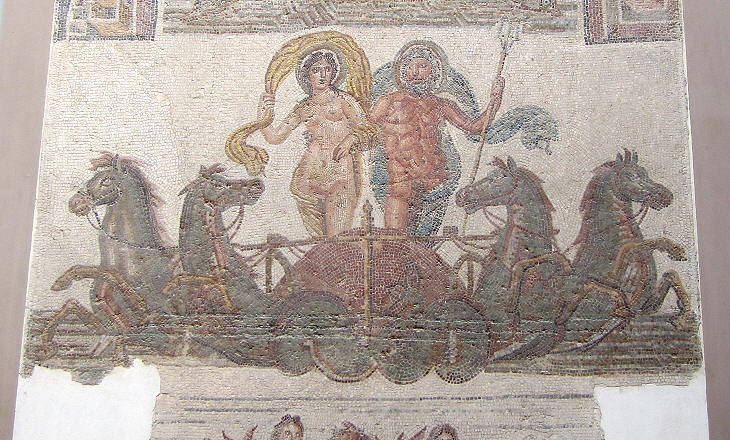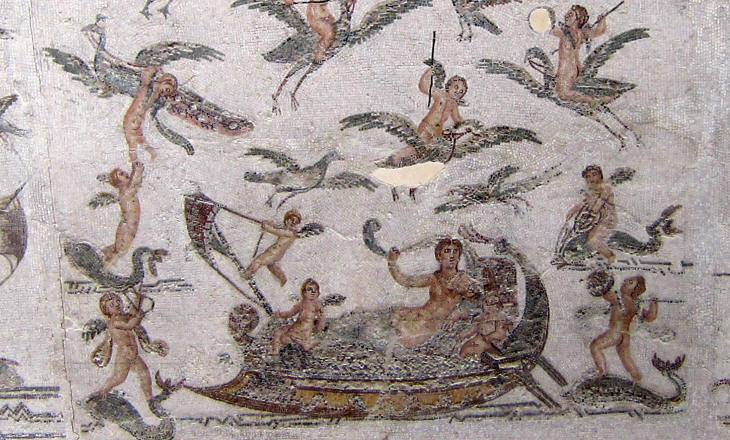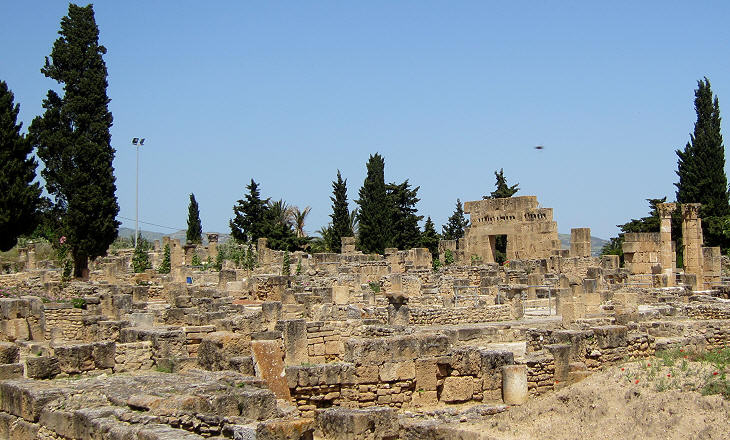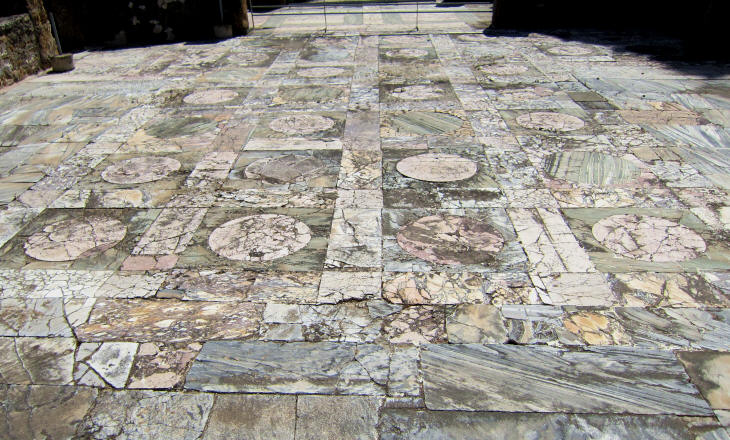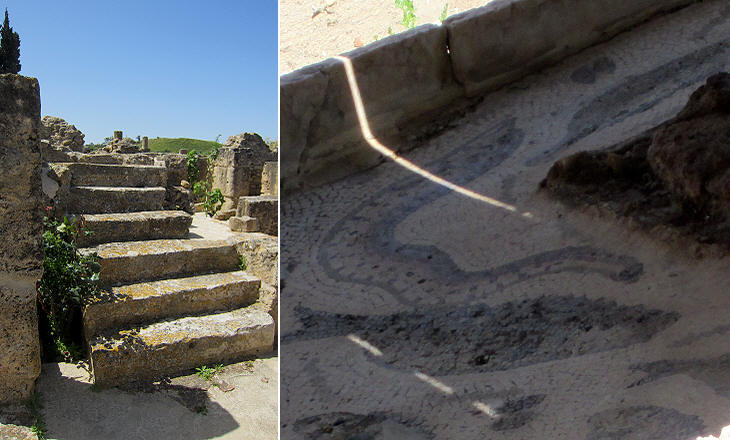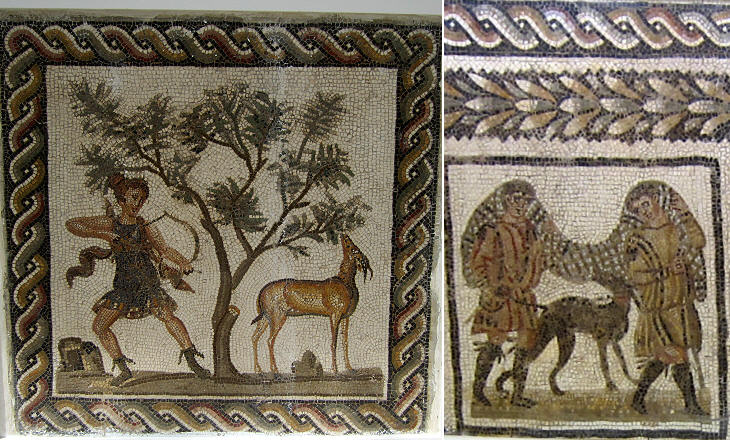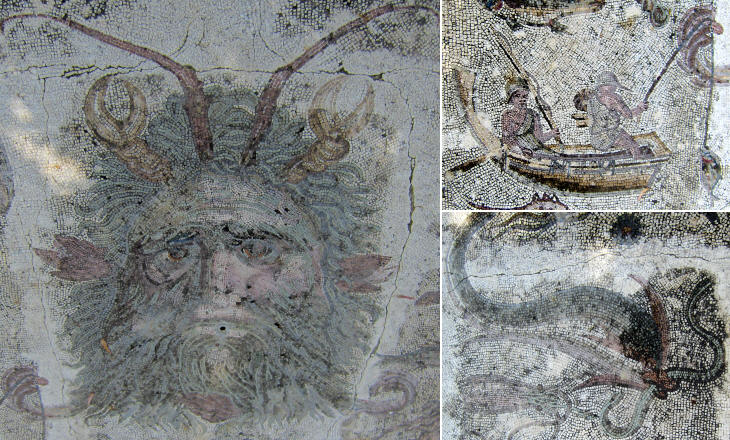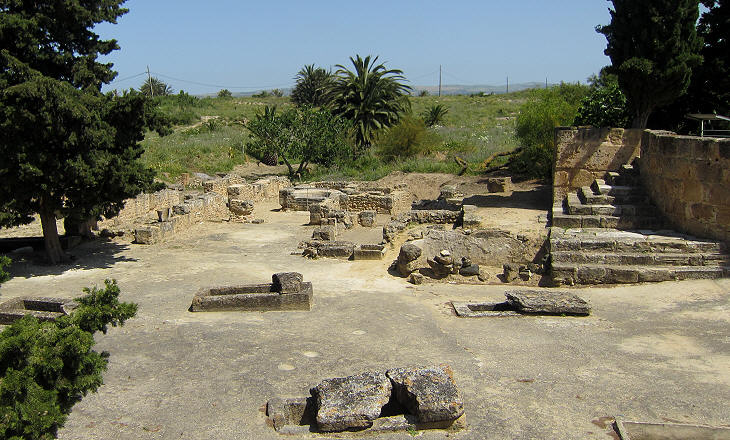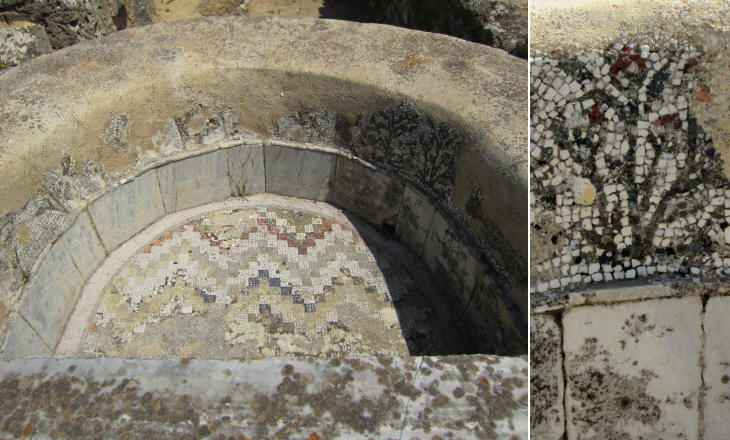  What's New! Detailed Sitemap All images © by Roberto Piperno, owner of the domain. Write to romapip@quipo.it. Text edited by Rosamie Moore. Page added in June 2012. |
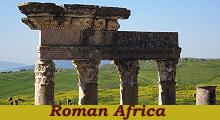 - Utica - Utica(temple at Thugga) Utica was a maritime city, situated betwixt Carthage and the Promontory of Apollo (at the western end of the Gulf of Tunis), we are to search for it upon the interjacent sea coast. But here are no ruins at all to be met with in this situation; there is no eminence, under which Utica is said to have been built; there is no promontory, which lay at a small distance to the E. or N.E. and formed the harbour. (..) Utica therefore cannot be found upon the sea coast, according to the present shape and fashion of it, by any of those tokens and characteristics that are left us of it by the ancients. "Travels or Observations relating to several parts of Barbary and the Levant" by Thomas Shaw (1808).
Eventually the site of ancient Utica was located some eight miles from the coastline, but the excavations which were carried out during the XIXth century were mainly focussed on finding statues, mosaics, jewels, coins, etc. which could be displayed at European museums. In 1881 an exhibition of such findings opened at the Louvre Museum in Paris and in 1885 the exhibits were permanently acquired by the museum (although most of them are not on display today). Other mosaics and works of art were acquired by the British Museum (sea a mosaic portraying many animals - external link).
A very large mosaic from Utica is among the most impressive exhibits of the Museum of Bardo. It hangs on a wall which has the height of a three storey building; luckily stairs allow a proper vision of its different sections. As occurs in many ancient mosaics, the artist showed his ingenuity in portraying minor scenes which are full of life.
Utica did not have a proper archaeological site until a series of houses were found between 1948 and 1958. They constitute a typical Roman insula i.e. a block of buildings limited by perpendicular roads. In 1990 a small museum was opened near the excavations to house the mosaics and other findings which could not be left in situ. The houses are evidence of the wealth of Utica, which was founded by the Phoenicians before Carthage. Its location at the mouth of the Mejerda River favoured its development as a port. During the Third Punic War Utica sided with the Romans who made it the capital of the newly established Province of Africa. Initially it included the north-eastern part of today's Tunisia, but in the Ist century BC it was enlarged with territories now in Algeria and Libya. The decline of Utica was caused by the floods of the Mejerda River which silted its port. The Romans reactivated the harbours of Carthage which became the capital of the province.
In the British real estate market the houses of the insula would have been classified as "terraced", as they were aligned along the street and were similar in style and size. One of them however was enlarged by incorporating other plots and it had another entrance on the back street. It owes its name to a very small fountain having the aspect of a waterfall. The house was arranged around a very large courtyard where the main fountain was situated.
The Romans, especially during the IInd century AD, had a penchant for coloured marbles such as the green marble of Karistos in Euboea or the yellow/red marble (it opens in a separate page) of Simitthus in the upper valley of the Mejerda River. The latter was shipped to Rome from Utica. The floor decoration at the Waterfall House was made up by assembling fragments of marble taken from other buildings, something which has led archaeologists to date it IVth century. The image used as background for this page shows a similar marble floor at the Museum of Utica.
I account it high time to get to sea as soon as I can. This is my substitute for pistol and ball. With a philosophical flourish Cato throws himself upon his sword; I quietly take to the ship. From the opening paragraph of Herman Melville's Moby Dick. One reason which made archaeologists search for Utica was its association with the death of Marcus Porcius Cato the Younger, a supporter of the Roman Republic tradition who fought against Julius Caesar and chose to kill himself at Utica rather than seeking Caesar's mercy. In addition to poets and novelists the episode inspired many painters such as Guercino and Delacroix (it opens in another window).
The House of the Decorated Capitals was built in the Ist century AD. It had a courtyard with twelve fine columns, two of which retain their capitals. By closely observing their elaborate decoration it is possible to notice the figures of some Greek gods.
Greek deities and heroes were the commonest subject of the mosaics in Roman Africa, although the country had not had much direct exposure to the Greek world. When the same subject is depicted both in the mythical environment and in actual life, one thing which always strikes is the difference in clothes. While deities hardly covered themselves, human beings were portrayed wearing warm clothes with long sleeves.
Giuseppe Arcimboldo was a XVIth century Italian painter best known for his portraits made entirely with fruits, vegetables or flowers (see a portrait of Spring - external link). He would have enjoyed seeing this head of Oceanus, almost made up with crab claws and other parts of sea creatures. This iconography of Oceanus can be found in mosaics throughout the whole Roman Empire, although crab claws were not always given such prominence (see a mosaic found at Zeugma on the Euphrates River).
The discovery of the houses of the Roman insula originated from excavations carried out to unearth a Punic necropolis which was partly covered by the Roman houses. The overall site where ancient Utica stood has been identified with some precision and excavations are being carried out to enlarge the archaeological area.
Move to: Introductory Page Bulla Regia Carthago Mactaris Musti Neapolis Sicca Veneria Simitthus Sufetula Thuburbo Majus Thugga Thysdrus Uthina Ziqua Mosaics in the Museum of Bardo  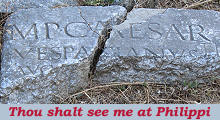  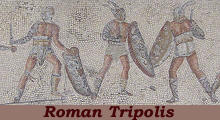
|
